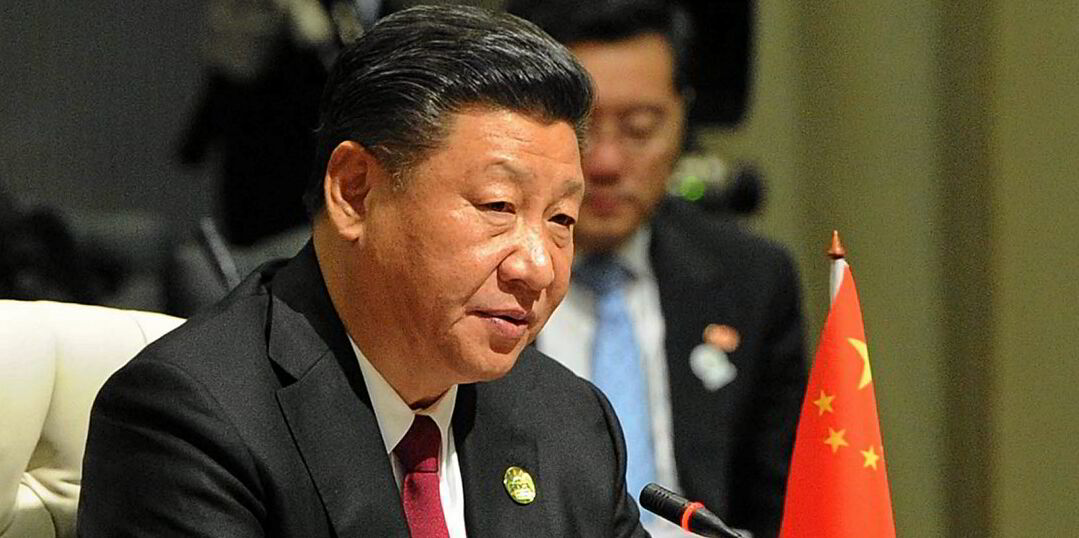Shipping analysts have reacted with cautious optimism to an unexpected package of fiscal measures announced by China’s Politburo that will aim to revive economic growth.
Research analysts told TradeWinds that there could be good news for dry bulk shipping in the short term and beyond, although it is hard to estimate timing and impact.
Demand for larger bulk carriers such as capesizes and newcastlemaxes correlates closely with growth in Chinese GDP, while demand for smaller bulkers is driven by global GDP growth more generally.
Burak Cetinok, global head of research for Arrow Shipbroking, thinks Beijing’s swift action on Tuesday “bodes well for the dry bulk market”.
“The policy announcements from China seem to mark a turning point in the government’s economic strategy, and I believe these measures will have a positive effect on raw material demand over the coming months,” he told TradeWinds.
“The urgency in tone indicates that policymakers are ready to act more decisively, and I expect further monetary and fiscal measures to be introduced in the coming months.”
That said, Cetinok thinks it is difficult to gauge the timing or extent of the impact on the dry bulk market because the Politburo announcement was light on detail.
Roar Adland, global head of research at shipbroking group SSY, said: “The Chinese government now acknowledging that there is a problem and orchestrating a coordinated monetary and fiscal response certainly is a huge improvement.
“We may now see a short-term boost to industrial production in [the fourth quarter], driven by government spending, in order to meet 2024’s official GDP growth target of 5%.”
Adland sees potential positives if Beijing increases borrowing and channels cash to local authorities to buy empty apartments, pushing the debt burden further up the system.
“This might also arrest the downward trend in housing prices by artificially restricting supply and would put property developers on a better financial footing in order to complete existing housing developments,” he explained.
“At the very least, we would expect to see a stabilisation in steel demand from the property sector as a result.”
Any clarity for bulker demand will hinge on a “true” recovery in China, which will be dependent on boosting consumer sentiment and increasing the demand for credit and housing again, Adland believes.
“These measures, while a large step in the right direction, do not magically rid China of massive oversupply,” he added.
Cetinok thinks Chinese policymakers have emphasised the need to halt further declines and promote recovery in the housing market.
But stricter controls on new residential construction have also been introduced.
“This suggests that efforts will focus on enabling qualifying property developers to complete more existing projects,” he said.
“While this is likely to boost consumption, it is unlikely to drive a surge in raw material demand.”
Further unspecified monetary and fiscal support has been promised by the government, which Cetinok thinks could be applied to infrastructural development.
“Although specifics are lacking, the shift in language — from a previous focus on ‘greater emphasis on consumption’ to the need for ‘intensified countercyclical adjustments’ — suggests an upcoming increase in infrastructure investments to stimulate demand,” he said.
Central bank measures
The Politburo package follows closely behind monetary stimulus measures announced on Tuesday by the People’s Bank of China to help revive investor confidence and kick-start economic growth.
That package held a more unclear picture for how Chinese demand for seaborne dry commodities may be affected.
The potentially positive news was that the stimulus plan includes a package aimed at supporting China’s troubled property sector, lowering borrowing costs and easing rules for buying second homes.
However, the package did not include meaningful measures to boost consumer demand for new properties, which is what drives demand for iron ore and coal for steel used in construction, among other dry commodities.






